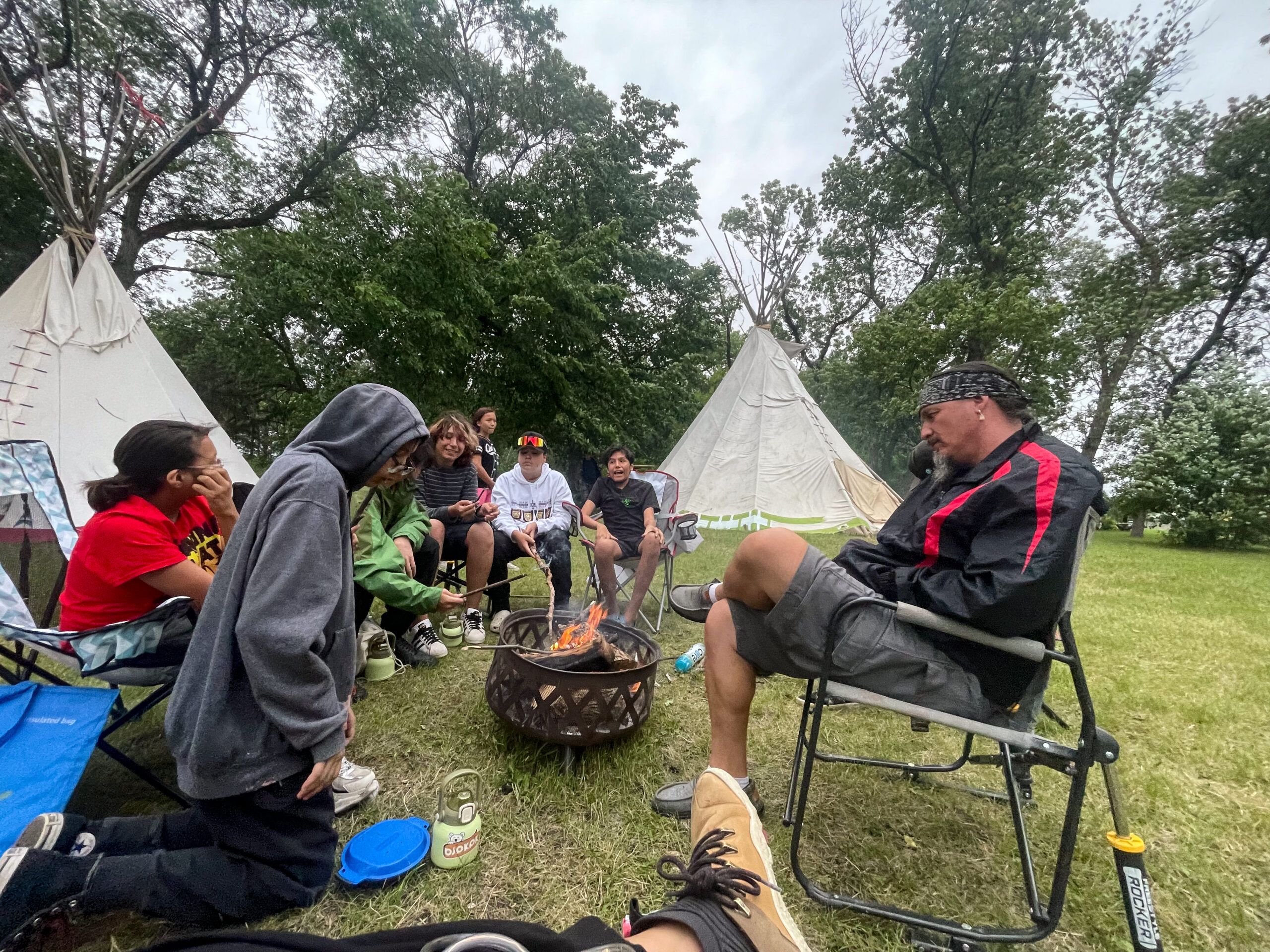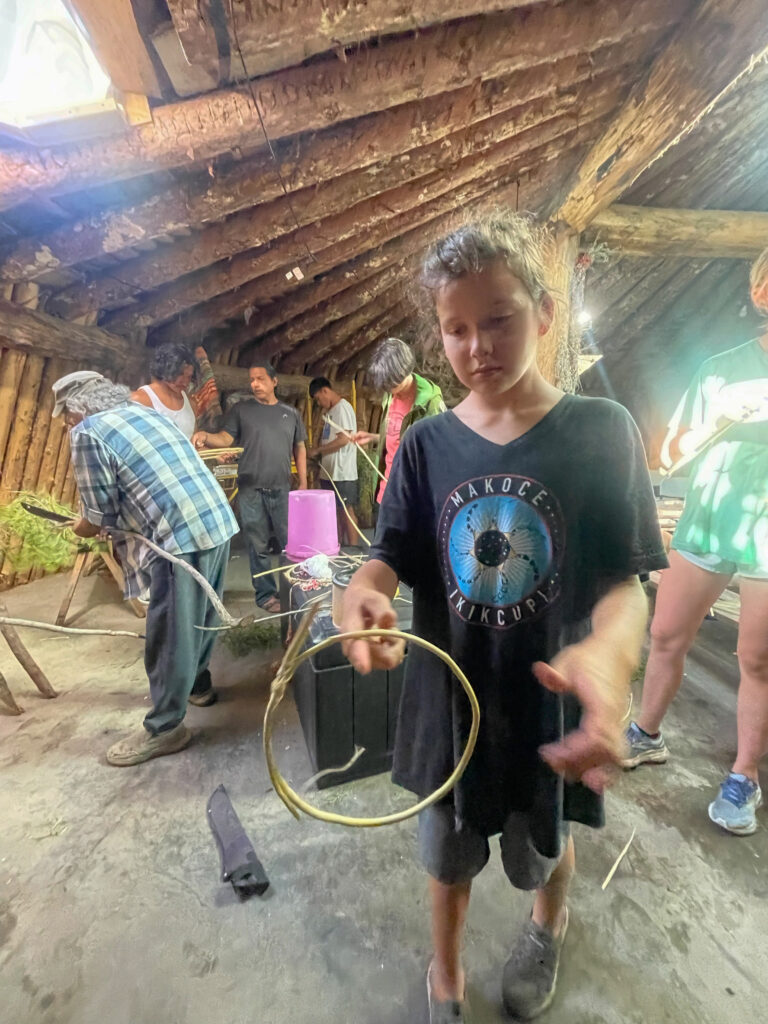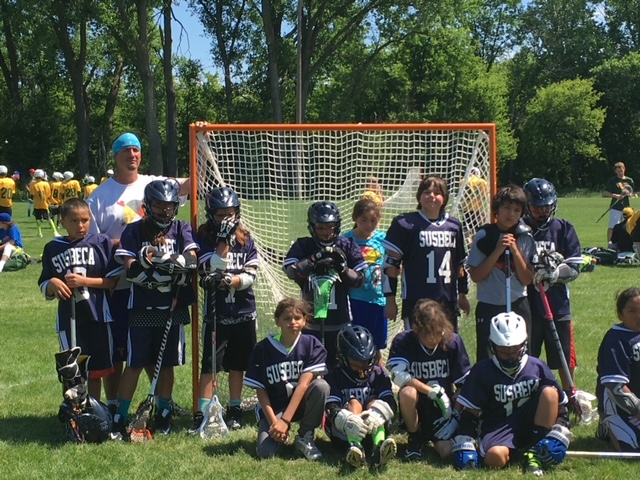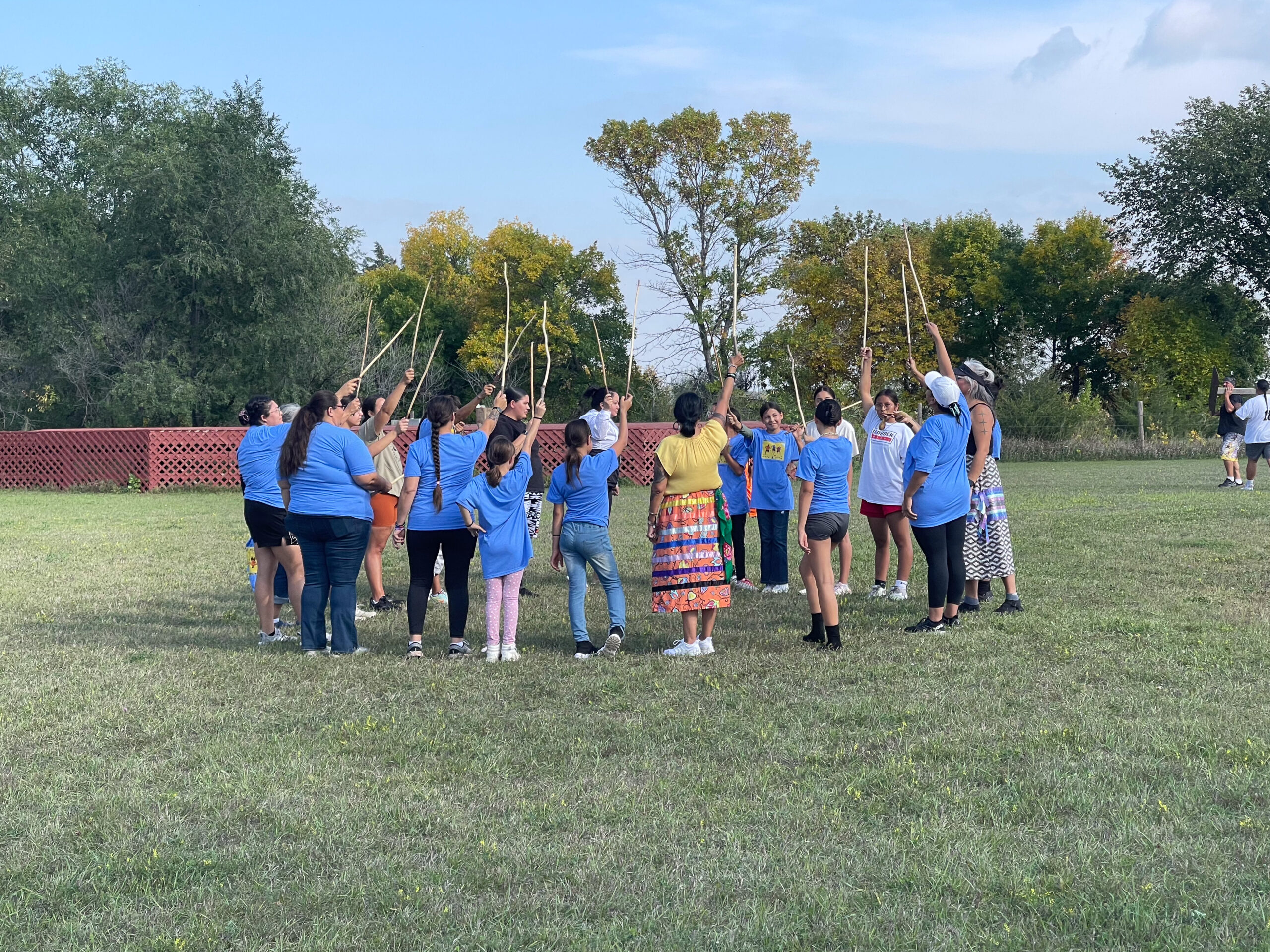“Traditional games comprise the foundation of who we are as a people,” said Jeremy Red Eagle.
Red Eagle, ‘Mato Zi,’ is an enrolled member of the Sisseton Wahpeton Oyate of the Lake Traverse Reservation, located in North and South Dakota. In 2007, he began studying and working with the International Traditional Games Society. They are dedicated individuals working to recover, restore, and re-introduce games developed by Indigenous nations in North America.
“I wanted to work with Native youth because they are the future, and I wanted to do my part,” he said. His focus has been the origin and history of Plains Style archery and lacrosse and of the Dakota people, and how he can guide the transference of this knowledge to both young and old.

“The best way I could think of ‘how’ was to meet them [the youth] on their level, by utilizing play-based learning programs or traditional games—the Indigenous form of education,” added Red Eagle.
However, the lack of information on traditional ways has posed difficulties. Due to the late 1800’s assimilation of the Dakota people and the boarding school era, much of the first-hand knowledge has been lost. And documentation is limited.
Research has been key in this revitalization process. Various Dakota elders have shared some oral history. Visits to museums have provided a wealth of visual information. These include stylistic, geographical, functionality, and elemental distinctions used by various tribes throughout North America.
“The way a bow is made is true beauty. The design elements we incorporate tell their own stories. How cool is that!” he said.
Still, there is much to learn.
The purpose of traditional games was based on the continued life and survival of Indigenous nations. They were introduced to members at a young age. Red Eagle shared that some tribes even presented their infants with lacrosse sticks upon the celebration of their birth—exemplifying their cultural importance.
Plains Style traditional games have classifications such as ‘games of chance and intuition’ and ‘games of skill and agility/endurance.’ Individual games are said to awaken and strengthen inherent human senses, increasing one’s chances of survival.




The use of Indigenous language plays a key role in learning and sharing mechanics of these games. It infuses a deeper meaning of their importance to dakod wichohan or the Dakota way of life.
Red Eagle has studied and acquired the Dakota language as a second-language speaker. He uses it as part of his traditional games teaching method in hopes of its parallel revitalization.
His families’ relocation to South Dakota in 2014 coincided with his first attempt in introducing traditional games on a larger scale. The formation of a lacrosse team, Susbeca Lacrosse, included young members from his home district, Enemy Swim or Toka Nuwan. Red Eagle took this as a chance to coach the team using his knowledge of the Dakota language.

Today, through local Native non-profit Nis’to Incorporated and other partnerships, youth of all ages practice lacrosse and archery weekly, hosted by the Sisseton-Wahpeton College. And Red Eagle is often present at these gatherings. He guides participants in the “rules” of play or in making “equipment” for traditional games from natural materials he has collected.
“Everything we need to make these games (happen) can be found right on the land we call home,” he said.
The history of these games reminds us of the connection between language, culture, history, and land. They can reconnect Indigenous populations and people, in general, with the natural world. Most importantly, they bring communities together.
